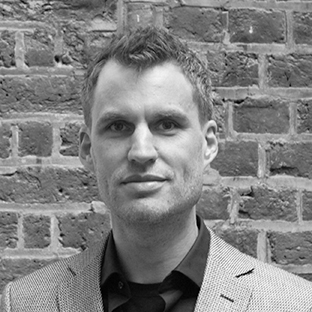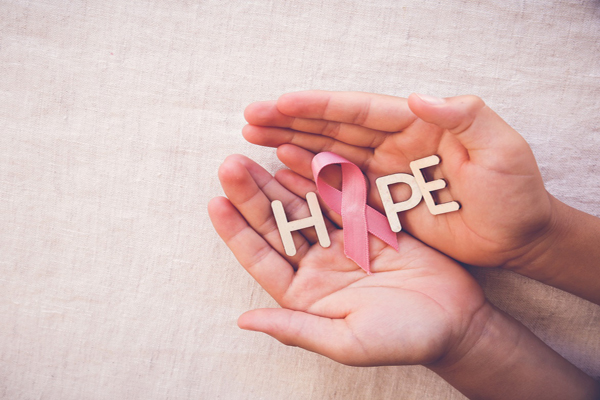Social movements are about trying to change the status quo. Maybe you're fighting for a particular service to be provided in the first place, because someone you love or care about has needs that aren't being met. Perhaps you're campaigning to retain a valued service in the long run because the consequences of cuts on those who rely on a service is too tough to contemplate. Maybe you're mobilising your neighbours to have your voice heard on a planning application that doesn't take account of the impact of increased traffic on the safety of your village.
The common denominator is that all these things are about creating change, and to do that requires energy. Not just yours, but in all probability, that of a range of others like you, who share your ambition. The fundamental challenge along the way is how to create sufficient pressure for change for others to join you. Your energy alone is not going to be enough. If it was, changing things would be easy and it would happen all the time.
You need the collective energy of a group. And that's our definition of what sociologists and others call a social movement. Crucially, this doesn't have to be as combative a process as the examples above suggest. We envisage an alternative, more collaborative pressure for change that doesn't pit those wanting change against those who are trying to preserve the status quo. We see this collaboration being at the frontier of new models of public service design and delivery where those providing services actively do so through the full engagement of those relying upon or using the services.
Seeing a care home as a community asset
At a recent event with the Alzheimer's Society in Leeds we heard about the Airedale and Partners social movement which is seeking to open up care homes for community involvement and use. In doing so, the care home managers are supporting social cohesion. They are re-framing the homes not as a place to send older people when they can no longer live safely at home, but as places which improve older people’s quality of life. They see the home, and the residents, as a core part of the community. Places where
- the residents interact with younger children in school-led projects
- community groups hire the available rooms to meet in
- the skills of the residents are identified and shared within the wider community
- the garden is used as an allotment.
Two phrases hit home with me. 'Seeing a care home as a community asset' isn't defining it as an asset in a bricks and mortar sense. Yes, it includes the space within the buildings and the grounds. However, it also values the residents as assets for their community, not just in terms of having skills and experience to share, but as residents, with the same time and perspective, with strengths and humanity to bring to that community. Within this context, focusing on 'quality of life, not quantity of life' makes much more sense.
Collaborative change
Drawing on insights and learning from the Health as a Social Movement programme, including examples such as the work in Airedale, our new report explores how to release the energy for change that is inherent in our communities. We discuss ways in which this energy can be spread in communities to engage more people in the work and, crucially, consider the implications for the bureaucracies and institutions that are often the target of such movements. For a collaborative approach to change which brings together individuals, communities and institutions as partners in change is a much more positive framing of a social movement. This is not a movement that is a zero-sum game but one in which everyone can gain. One based on positive energy for change.
Download the report: Releasing energy for change in our communities (PDF, 530KB)
There remain some obvious questions.
- How do you make change happen in our communities if you're not a fighter, a campaigner or a mobiliser yet you still want to see change happen?
- What can you do, how can you do it, and what role can you play?
We recognise that there are a range of roles necessary to create and sustain energy for change within a movement. Many of these roles are filled by the unsung heroes of social movements who do not fit neatly with our preconceptions about what an activist or change-maker looks like. Without this range of people in different roles, a social movement is at risk of being unbalanced, unfocused and fundamentally ineffective. We are exploring these roles during the final year of the Health as a Social Movement programme and will be publishing our insights on this in 2018.
Ultimately we can all play a role in bringing about a better world. At a local level, this is done primarily through fostering collaboration for change with local institutions and communities. Social movements are increasingly becoming part of a wider, more enlightened approach to involving our communities in change.
Download the report: Releasing energy for change in our communities (PDF, 530KB)
Related articles
-
Did Bevan's bedpan test set the NHS on the wrong track?
Ed Cox
Ed Cox, Director of Public Services and Communities, argues that the NHS needs a more devolved approach in the decade ahead.
-
Cancer Champions tackle health inequalities in Greater Manchester
Becca Antink
A project demonstrating how citizens have valuable skills, community-specific knowledge and personal experiences which they can utilise to drive positive change for better health in their communities.
-
Community Engagement Toolkit for Care Homes
Laura Cope
Alzheimer’s Society has been running the Airedale Social Movement Programme, which links community groups with care homes and regularly runs activities with residents to improve their quality of life.




Join the discussion
Comments
Please login to post a comment or reply
Don't have an account? Click here to register.
A complementary talk to the RSA's view on the need for system thinking to solve problems and bring about change. Dr Atul Gawande speaks every eloquently about the need for system thinking in medicine...complex problems cannot be solved by an individualistic approach ...https://www.ted.com/talks/atul_gawande_how_do_we_heal_medicine#t-1126601